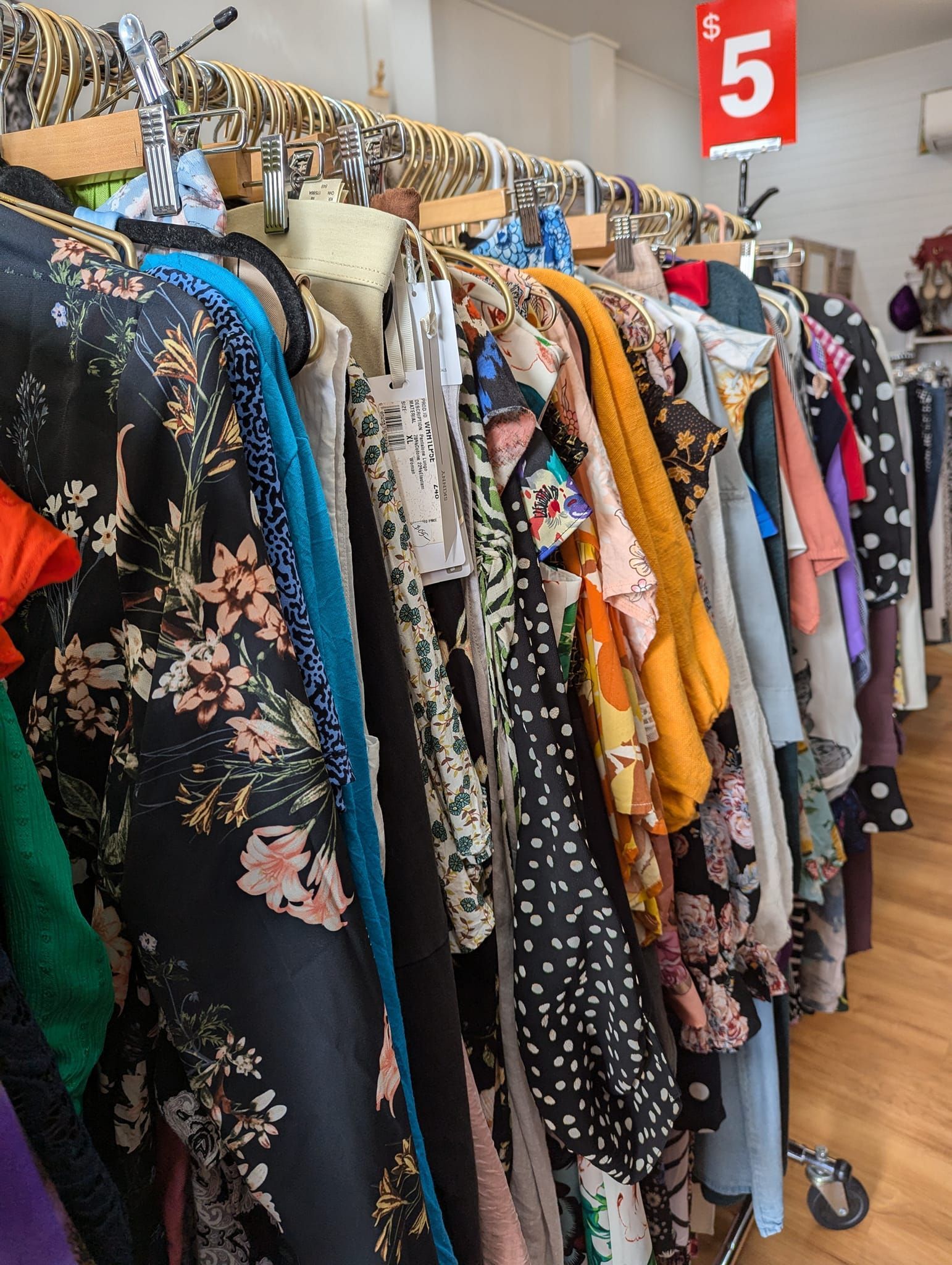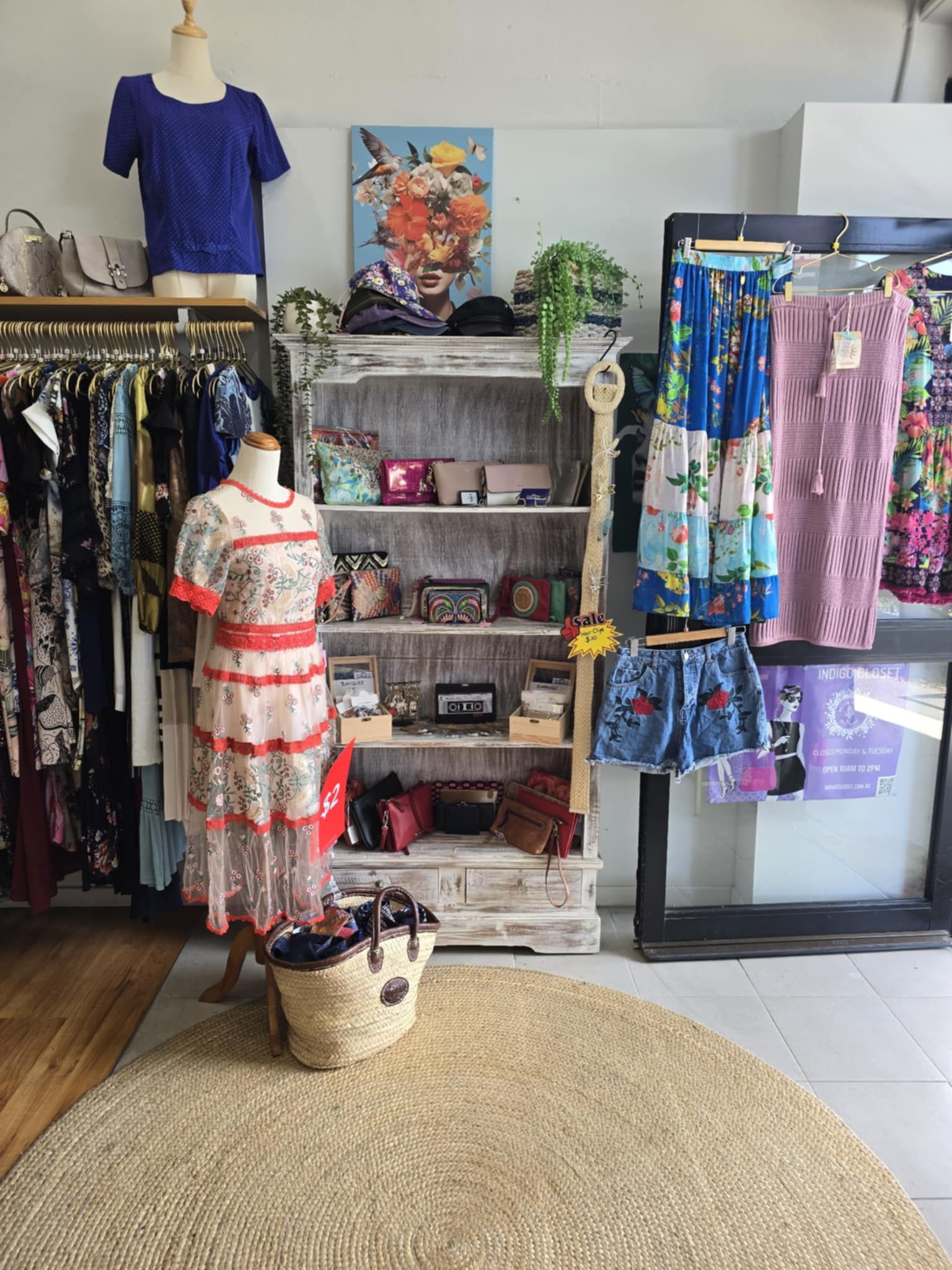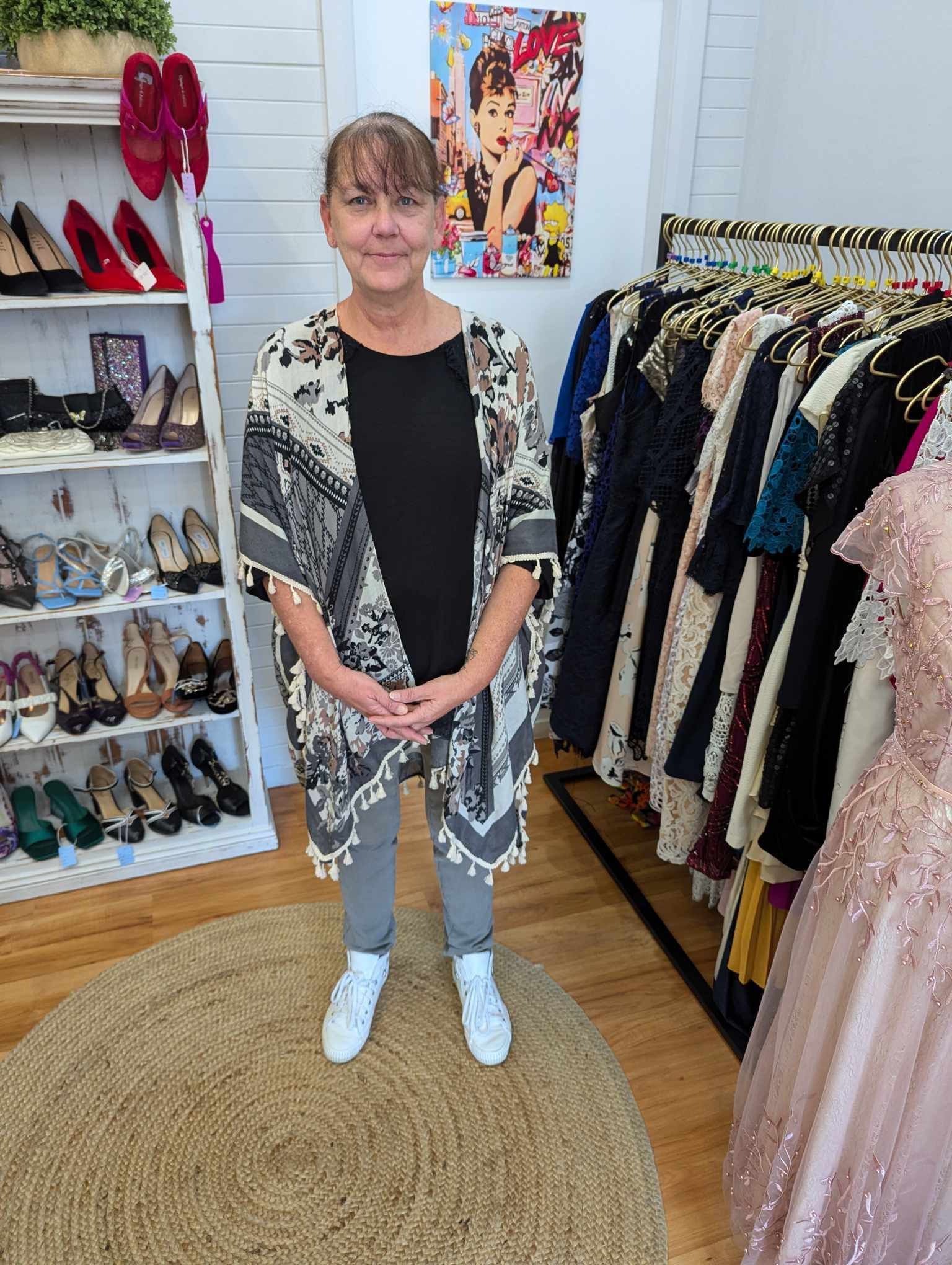Summer Hours: Open 10am to 2pm Tuesday - Sunday

Have you ever opened your closet to find a mountain of clothes yet felt like you have nothing to wear?
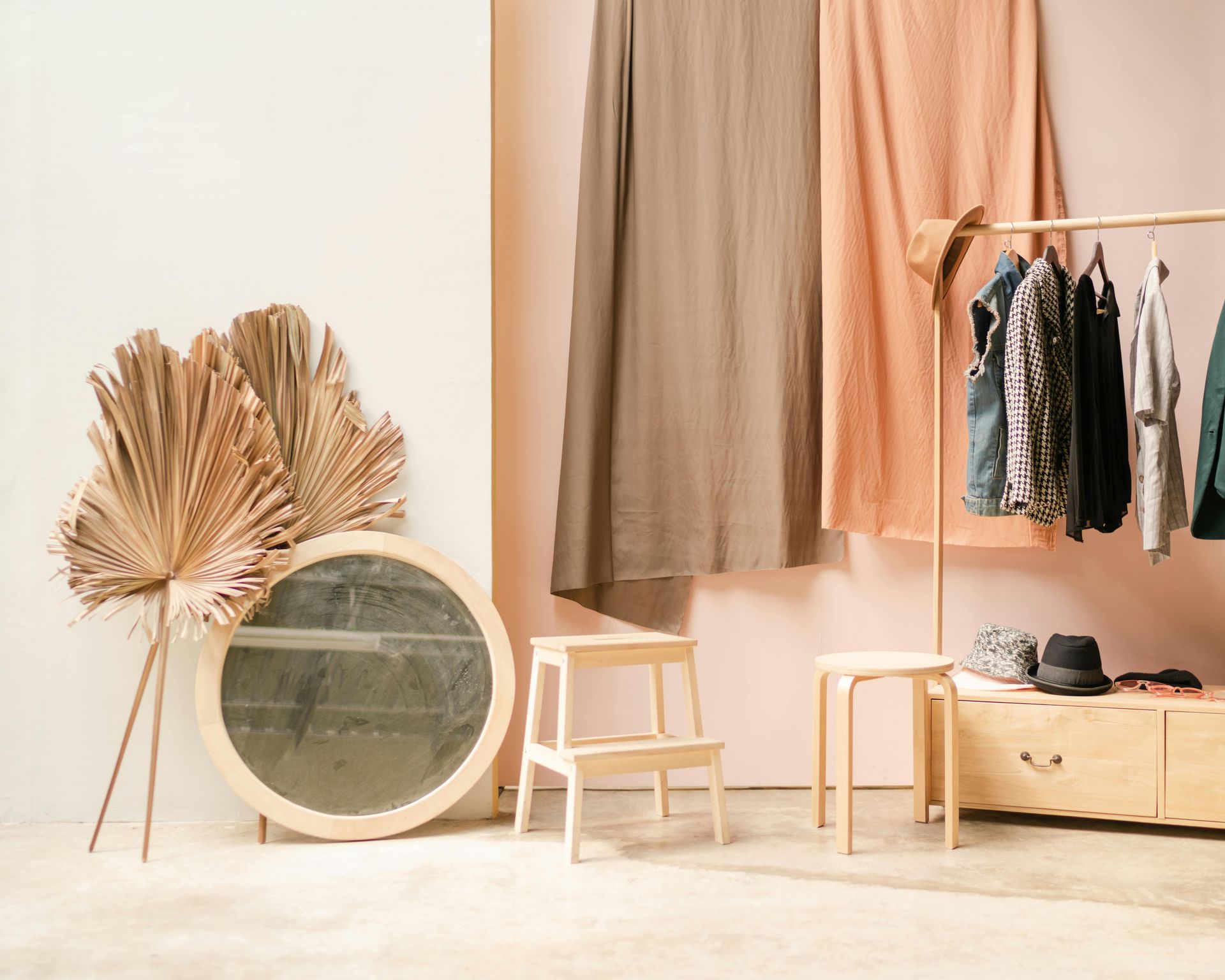
Introduction
Have you ever opened your closet to find a mountain of clothes yet felt like you have nothing to wear? This paradox is a common headache in many households, where wardrobe clutter overshadows the joy of dressing up. Minimalism in fashion focuses on making each piece count, clearing up space, and refining your style and decision-making each morning.
The allure of minimalism extends beyond aesthetics, providing a practical solution to the overwhelming choices and maintenance of a large wardrobe. By understanding the needs dictated by your lifestyle and local climate, you can tailor a wardrobe that is functional and sustainable. What would it mean for your daily routine if you could access everything you need with ease and confidence? Let's explore how a curated selection of garments can enhance your life, reduce stress, and promote sustainable habits.
Understanding Your Wardrobe Needs
Assessing Your Lifestyle and Climate
The first step in embracing minimalism in your wardrobe is to assess your daily activities and the climate you live in. These factors heavily influence the type and number of garments you truly need. For instance, someone living in a temperate climate may require layers that can be added or removed based on sudden weather changes, whereas a tropical climate demands lightweight and breathable fabrics. Consider your routine: Do you work in a corporate environment, or is your daily attire more casual? Understanding these aspects helps in curating a wardrobe that is not only stylish but practical.
Realistic Wardrobe Size
A practical wardrobe size, as suggested by experts, ranges from 30 to 50 items. This includes clothing that suits various occasions and seasons, ensuring functionality without excess. The key is to focus on versatility and the ability to mix and match pieces to create multiple outfits. This range is not arbitrary but is based on the balance between having enough clothes to meet your needs without the pieces becoming burdensome. This approach aligns with the minimalist philosophy of "less is more," where each item is chosen with intention and purpose.
The Impact of Overconsumption
Global Trends in Clothing Purchases
In a startling revelation, it has been noted that Australians purchase an average of 56 items of clothing annually. This statistic mirrors a global trend where consumerism is at its peak, leading to significant wardrobe overflow and, consequently, waste. This overconsumption not only clutters our living space but also has a profound impact on the environment, contributing to the depletion of resources and increased waste.
Personal Inventory Reflection
Reflecting on personal consumption habits can be an eye-opener for many. Comparing one's buying patterns with the average can help in recognizing areas of excess. This exercise is crucial in understanding the impact of individual choices on broader environmental and economic scales. It encourages a shift towards more sustainable practices, such as purchasing fewer, higher-quality pieces that serve multiple purposes and last longer.
Principles of a Minimalist Wardrobe
Quality Over Quantity
The emphasis of a minimalist wardrobe is on quality over quantity. Opting for garments that are well-made and durable not only ensures they last longer but also reduces the need for frequent replacements. This principle encourages a deeper appreciation for craftsmanship and the value of garments, fostering a more thoughtful consumption pattern.
Seasonal Capsule Wardrobes
A capsule wardrobe is a limited selection of interchangeable clothing pieces that complement each other. Here’s how to adapt this concept seasonally:
- Spring: Light layers and pastel colors that can transition from cool to warm weather.
- Summer: Breathable fabrics and versatile pieces like shorts and tank tops.
- Autumn: Add layers such as cardigans and light jackets that can adjust to changing temperatures.
- Winter: Focus on warm layers like sweaters and coats that can be styled in various ways.
This approach not only simplifies decision-making but also maximizes wardrobe space, ensuring each piece is utilized fully across different seasons.
Practical Steps to Declutter
Sorting and Categorizing
The process of decluttering begins with sorting through your current wardrobe. Create distinct piles to keep, donate, or discard based on the condition and frequency of use of each item. This step requires honesty and a critical eye to decide what truly adds value to your wardrobe. It’s about distinguishing between what you wear and what you’ve been holding onto out of sentiment or inertia.
Organizational Techniques
Once the decluttering phase is complete, organizing the retained items is crucial for maintaining a minimalist wardrobe. Some effective organizational techniques include:
- Hanging vs. Folding: Hang items that are prone to wrinkling or are more formal. Fold sturdier items like sweaters or jeans.
- Color Coordination: Arrange clothes by color to make it easier to visually locate items and create outfits.
- Seasonal Storage: Store off-season clothing elsewhere to keep your closet manageable and relevant to the current weather.
Implementing these strategies not only enhances the accessibility of your wardrobe but also its aesthetic appeal, making dressing a simpler and more enjoyable part of your day. By following these structured steps, you can transform your closet into a reflection of a mindful, minimalist lifestyle that values quality over quantity, sustainability over fast fashion, and personal style over fleeting trends.
Wrapping Up: The Minimalist Wardrobe Journey
Embracing a minimalist wardrobe goes beyond reducing the number of clothes; it represents a transformative journey towards sustainability and intentional living. By assessing lifestyle needs and climate, individuals can curate a wardrobe that not only meets their daily requirements but also combats the urge to overconsume. This approach not only declutters physical space but also clears mental clutter, making morning routines smoother and more enjoyable. The shift from quantity to quality in clothing choices reflects a deeper appreciation for craftsmanship and reduces the environmental impact of our fashion choices.
The minimalist wardrobe strategy, with its emphasis on capsule collections for different seasons, offers a practical blueprint for anyone looking to refine their style and enhance wardrobe functionality. As we move towards a more conscious and curated approach to fashion, let's remember that each small step in reducing our wardrobe size is a giant leap towards a more sustainable and fulfilling lifestyle. Let this be a moment of reflection on how our choices shape not just our closets but also the world we live in.


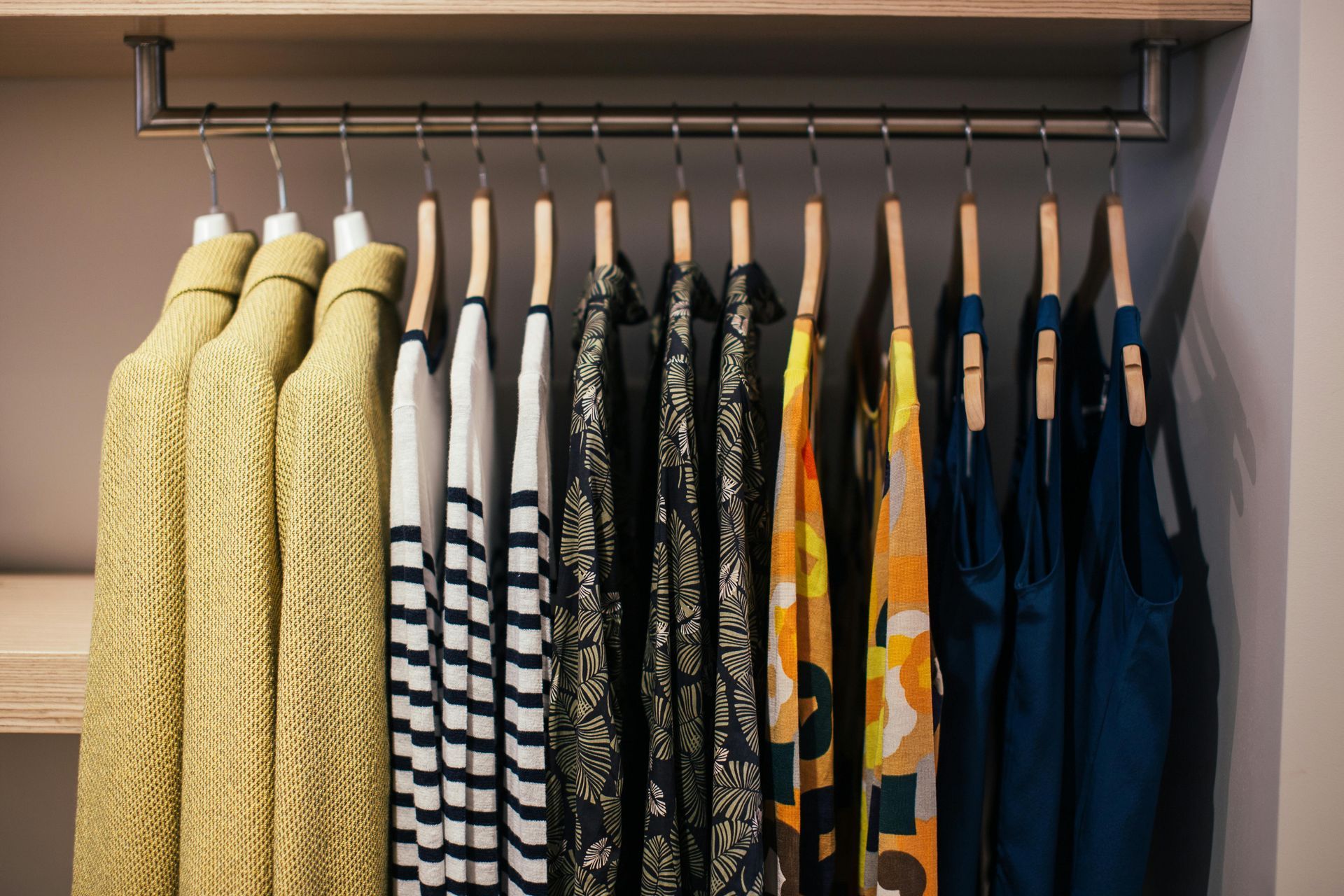

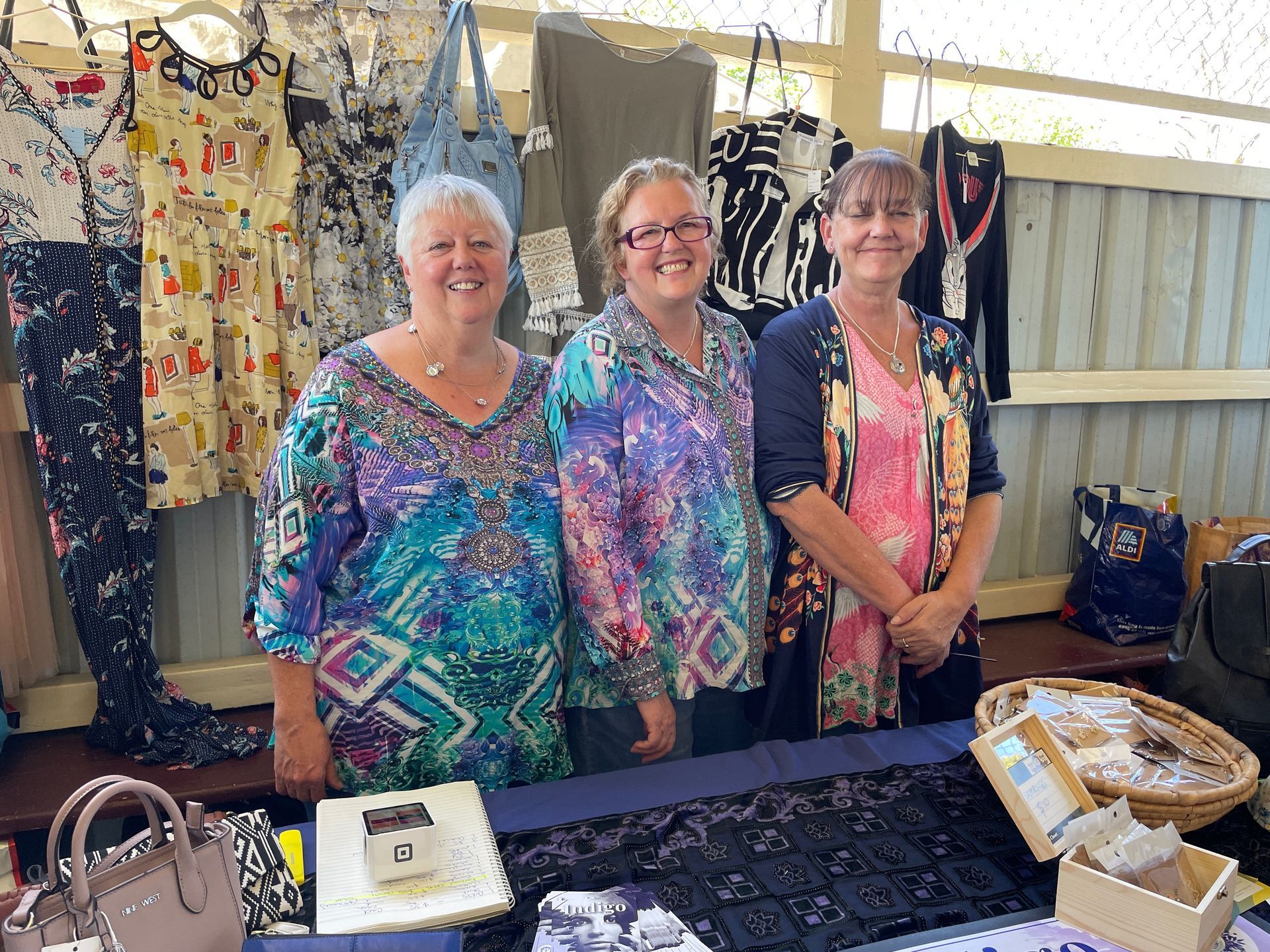
Indigo Closet at the Living Smart Festival: Celebrating Sustainable Fashion and the Circular Economy

SHOP HOURS
Monday ~ Closed
Tuesday ~ 10:00 am ~ 2:00 pm
Wednesday ~ 10:00 am ~ 2:00 pm
Thursday 10:00 am ~ 2:00 pm
Friday 10:00 am ~ 2:00 pm
Saturday 10:00 am ~ 2:00 pm
Sunday 10:00 am ~ 2:00 pm
